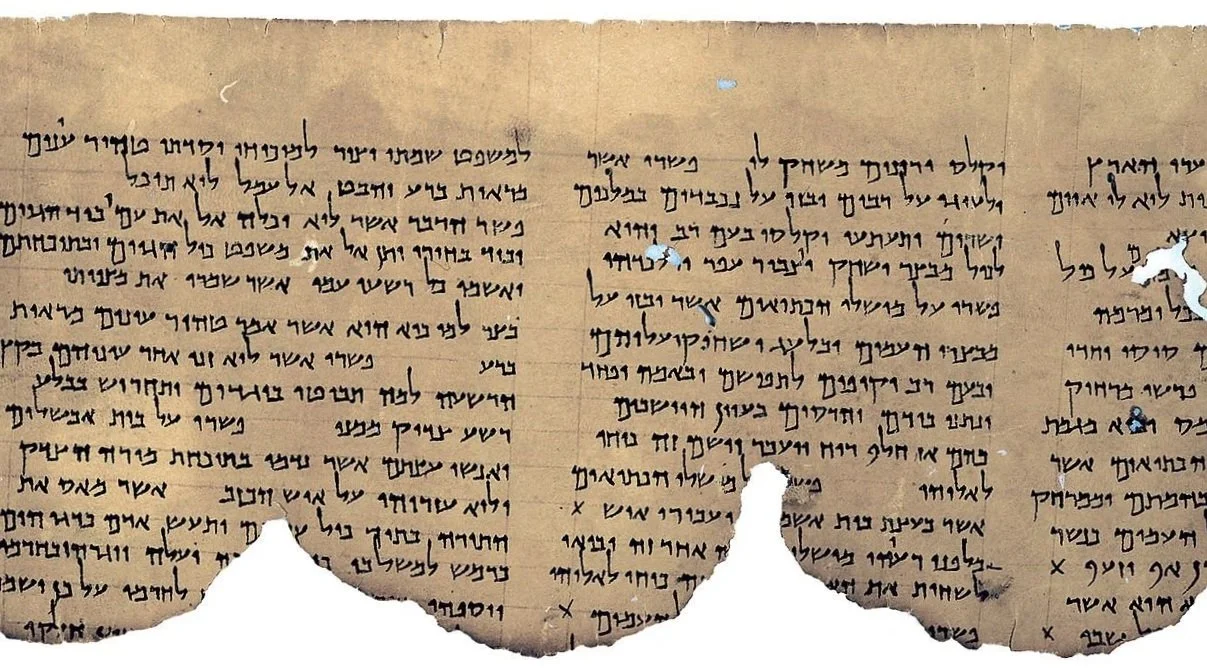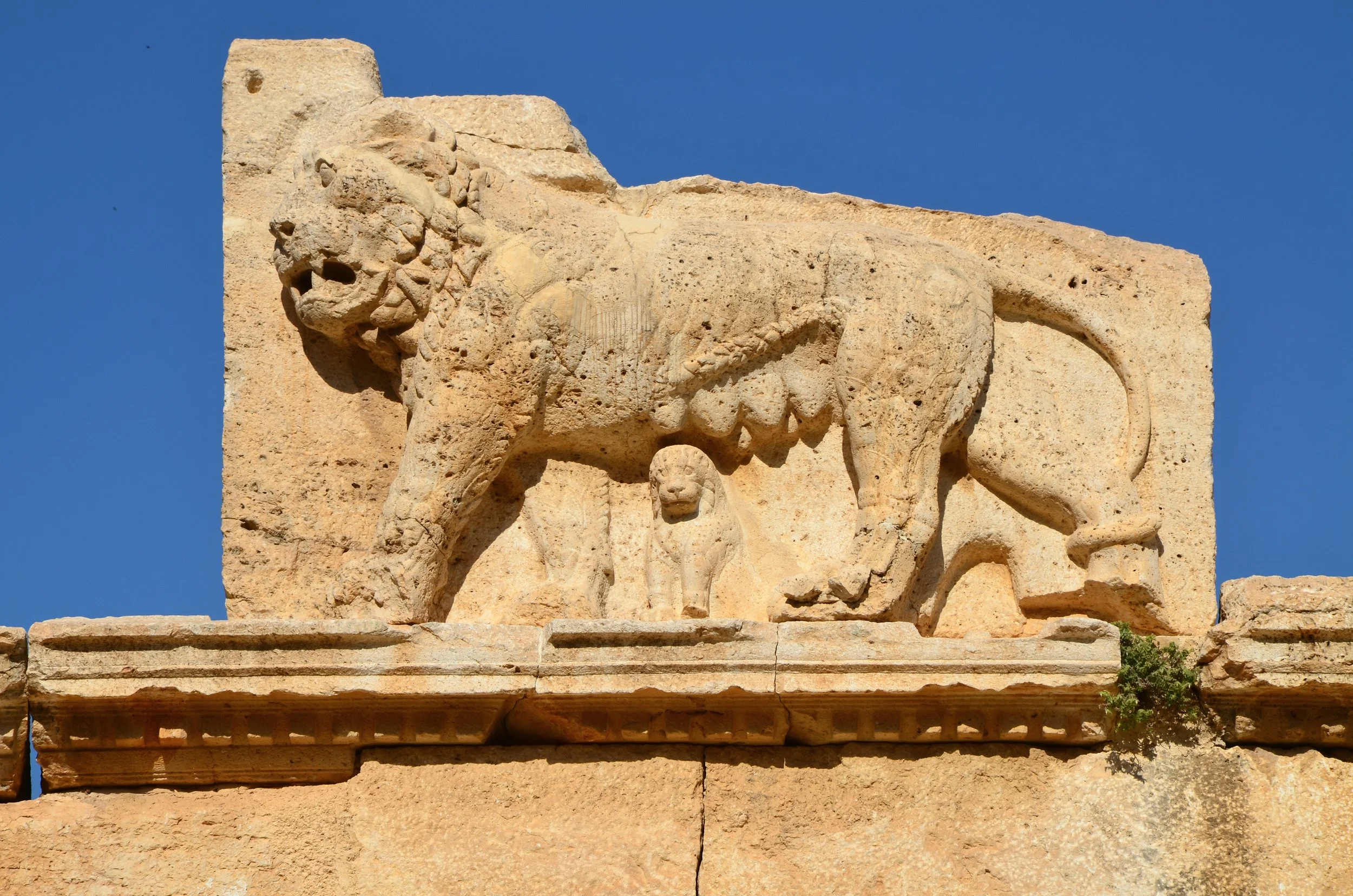Yael Fisch, Karama Ben-Johanan, and Raphael Magarik engaging Raz’s notion of “weak prophecy” in this review forum, with author response.
This book draws attention to one important but neglected concept from Hellenistic literary criticism that readers—including Christians—used to organize, describe, and evaluate narrative traditions.
The white spaces on the page can be spaces both of death and breath. Both are texts of drowning, the Egyptian enemies, their horses and chariots, and the African slaves, who were thrown overboard the slave ship in an insurance scam. Somehow, I believe, through this unconscious visual echo, these enemies and victims meet in God’s lament to the angels, (though perhaps this lament is addressed to all of us who sing victory songs): “my creations are drowning in the sea, and you are singing song?”
In the book’s conclusion, Raz offers weak prophecy as an alternative, reparative model, offering us doubt and circumspection instead of confident certainty, whether theological or nationalist. I would also suggest a second, complementary payoff. To me, the positing of an ancient source that is dogmatic, masculine, and assertively authoritative is one of modernity’s favorite alibis for its own violence.
We gather from here that more than she wants to say something about prophecy, Raz wants to convey something about the history of its reception, about the way modern poets, and perhaps moderns, in general, think about prophets and prophecy and incorporate that thought into their poetry, utilizing poetic language or the characters of prophets.
With Yosefa’s book, we now have nuanced poetic language with which we may read this homily. The Rabbis were not prophets, nor singers or poets. They were strong readers. They saw reading as an opportunity to stretch out biblical scenes into their present.
Alex P. Jassen previews his new book exploring the diverse ways social contestation and violence was perceived and imagined by the Dead Sea Scrolls Sectarians.
To expand thinking around performance and apocalypse, my project incorporates a consideration of gender to these categories. So, in this project, I am concerned with answering the question “is there such a thing as apocalyptic masculinity?”
The Aramaic Dead Sea Scrolls display an overwhelming interest in the Israelite priesthood, sacrificial cult, and Jerusalem temple. A look at the Aramaic Levi Document reveals that this interest may have to do with the shifting fortunes of the priesthood in the third century BCE.
A Memory of Violence offers a useful overview for anyone interested in understanding Chalcedon and its effects at a more detailed level, as well as those interested in the history of Christianity writ large.
Scully’s book commendably demonstrates the need for renewed and careful attention to a pattern of thought that has been treated poorly, and it does so with sharp analytical clarity.
“Ophir insists that he is not simply claiming the modern sovereign as a “secularized political concept,” but something deeper: a deification of the state itself, as the one concept that we cannot think without, just as the biblical writers could not imagine not being ruled by God.”













